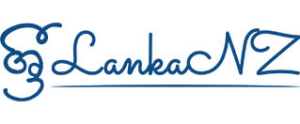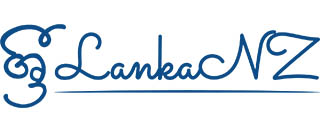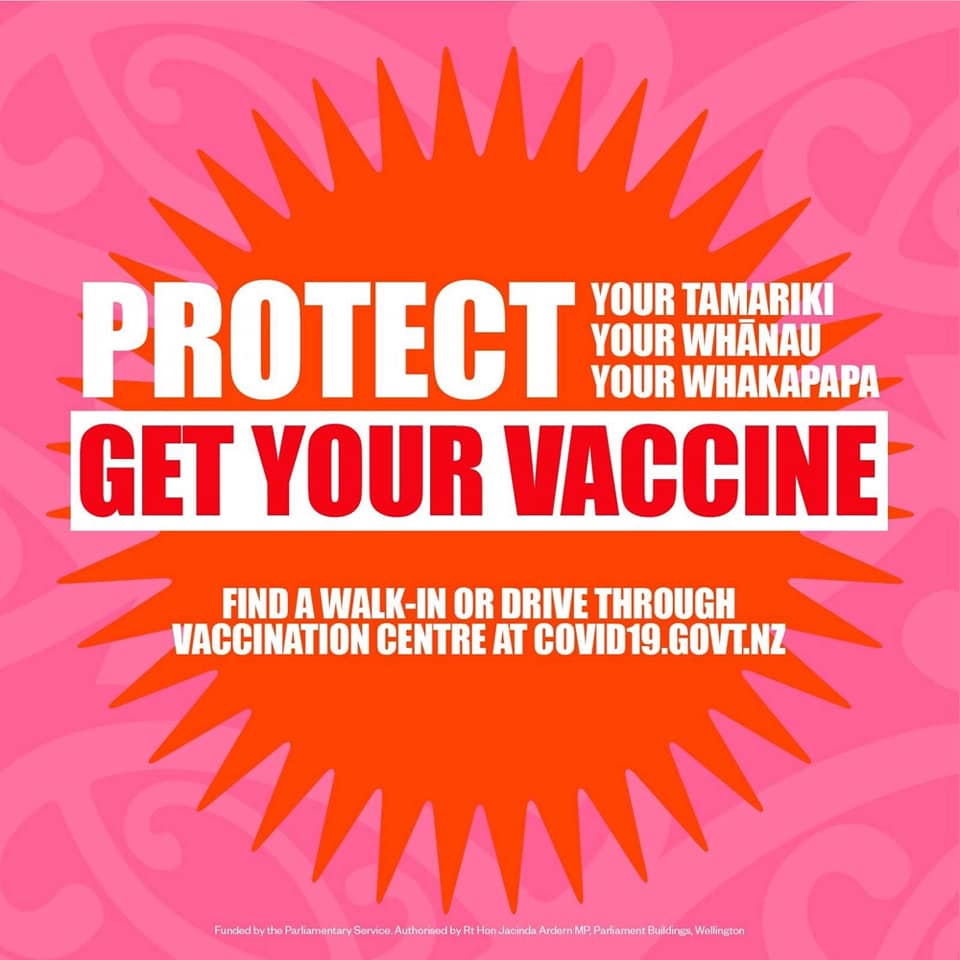Writer Dr Amal Punchihewa- BSc(Eng)Hons., MEEng., PhD. a Chartered Professional Engineer, a Fellow of the Institution of Engineering and Technology, a Senior Member of the Institution of Electrical and Electronics Engineering (IEEE) in the USA, a Fellow of Engineering New Zealand, and a life member of the Sri Lanka Association for Advancement of Science. An awardee of the Wimalasurendra Award in recognition of his contribution to broadcasting development.
Protecting our Tamariki and Whānau in Aotearoa: Digital safety
Te Mana Whakaatu, the Classification office, in Aotearoa New Zealand, has been helping whānau choose what to watch and play. When you hear the Classification office says “helping whānau choose what to watch and play”, you may think why they are restricting what we watch or play. We need to rather view this approach as telling us what not to watch or play for our safety aiming to mitigate any risks or adverse effects. There is established scientific evidence to confirm a positive correlation between what we see or play and behaviour. Hence, we need to appreciate the work the Classification office is doing. As adults, we should lead by example guiding our tamariki.
This process is governed by a legislative framework that has been in existence since 1993. Under the Films, Videos, and Publications Classification Act 1993, the Classification Office classifies “publications”. The definition of a publication is broad and includes video, images, sound and text.
People may also ask the question that the Films, Videos, and Publications Classification Act 1993 is still relevant and fit for today. In recent times, the consumption of online content delivered as streaming has risen. The younger generation has access to a wide range of devices through which they can access online material from various streaming services. There is also an increasing trend of games, especially, online gaming is gaining momentum. Te Mana Whakaatu also classifies streaming content and video games.
Te Mana Whakaatu can help commercial video-on-demand providers ensure that age-appropriate warnings are displayed for all New Zealanders. Streaming providers operating in New Zealand must show New Zealand rating or classification information that is clear, consistent, and informative for New Zealand audiences.
All films and shows that have been rated or classified in New Zealand are listed on the ‘Find a Rating’ website https://www.classificationoffice.govt.nz/find-a-rating/. The classification office can also supply a list of all rated and classified content. New Zealand citizens can request a list of all rated and classified content at streaming@classificationoffice.govt.nz.
As a New Zealander, you can expect to know the age-appropriateness of a film or show before it starts playing, and be shown warnings about content like sex, violence, or offensive language.
There are three ways that age ratings and content warnings can be determined for New Zealand audiences:
1. Classification
Content and Streaming Providers can submit content for classification by Te Mana Whakaatu. The Office views and classifies the content, and advises the content and streaming provider. The classification is added to the film database, and becomes searchable through ‘Find a Rating’.
2. Rating
Content and Streaming Providers can submit content for rating (including cross-rating from UK or Australian classifications) through the Film and Video Labelling Body (FVLB) submission process. The FVLB generates a rating and advises the streaming provider. The rating is added to the film database, and becomes searchable through ‘Find a Rating’.
3. Self-rating
Content and Streaming Providers can self-rate using an approved self-rating system. The rating is provided to the Classification Office for inclusion in the film database and becomes searchable through Find a Rating.
If content has been banned in New Zealand, then streaming providers are not allowed to make it available for New Zealand audiences. Content that has been classified as objectionable is listed on the NZ Register of Classification Decisions.
All commercial streaming providers in New Zealand must show classification information for content that has been classified as restricted in New Zealand. Classification Office strongly encourages streaming providers to show classification information for all content that has been rated in New Zealand, whether it is restricted (RP, R13, R16, and R18) or unrestricted (G, PG, and M).
Source: https://www.classificationoffice.govt.nz/classification-info/what-we-classify/
Major commercial streaming providers operating in New Zealand, including Amazon’s Prime Video, Apple TV+, Disney+, Microsoft Movies & TV, Netflix, Neon, Crunchyroll (a Sony subsidiary), and YouTube Movies & TV are required by law to show classification information for content on their services and platforms. This list is available online.
Commercial streaming providers not included on this list are not exempt from showing classification information for any restricted content (e.g., RP, R13, R16, or R18) they make available on their streaming service(s) in New Zealand.
Currently, streaming providers operating free-to-access services or platforms do not need to display classification information for content made available in New Zealand. In New Zealand, free-to-access services or platforms are TVNZ+ from the public service broadcaster, threenow of Discovery NZ Limited (Warner Bros. Discovery) and Maori+ of Maori Television are some examples.
Streaming providers must show the age rating (like G, PG, M, 13, 16 or 18) and the content warnings (such as “contains offensive language/violence/suicide”). These age ratings and content warnings are very similar to the classification information that New Zealand audiences are used to seeing at the movies, on film posters, or on DVDs bought or rented from a store.
Content and Streaming Providers must place this information close to the title of the content that people are going to watch, and ideally show rating information when the content starts playing.
The Department of Internal Affairs’ Digital Safety Team enforces the law that applies to streaming providers. If you want to learn more, you can read more about display requirements for streaming providers on The Department of Internal Affairs website and in the Films, Videos, and Publications Classification Regulations 1994.
Te Mana Whakaatu focuses on assisting streaming providers to effectively and consistently implement ratings and classifications so that New Zealanders receive quality information.
If New Zealand people find rating or classification information that doesn’t provide enough warning, is incorrect, or is missing, they can inform the Classification office.
Classifications are not limited to streaming and film content. Chief Censor Office can classify films and streaming content, video games, digital files and internet content, books, magazines, music and sound recordings, or anything with something printed on it. The classification office has classified jigsaws, bumper stickers, t-shirts, billboards, campervans as well as drink cans films.
Source: https://www.classificationoffice.govt.nz/classification-info/what-we-classify/
New Zealand has a NZ Register of Classification Decisions. Though Te Mana Whakaatu, the Classification office, has a huge library of film, book and video game ratings and classifications, Te Mana Whakaatu is not an investigative or enforcement agency. Using additional filters, New Zealand citizens can find more information, assisted by search fields such as Rating, Medium, Decision date, (Day, Month, Year), Decision date (Day, Month, Year), and Production year.
However, in New Zealand, the Classification Office is not responsible for broadcasting, press, or advertising standards. The offices responsible for them are the Broadcasting Standards Authority (ASA), New Zealand Media Council (NZMC) and Advertising Standards Agency (ASA) respectively.
Dr Amal Punchihewa – Palmerston North, New Zealand









